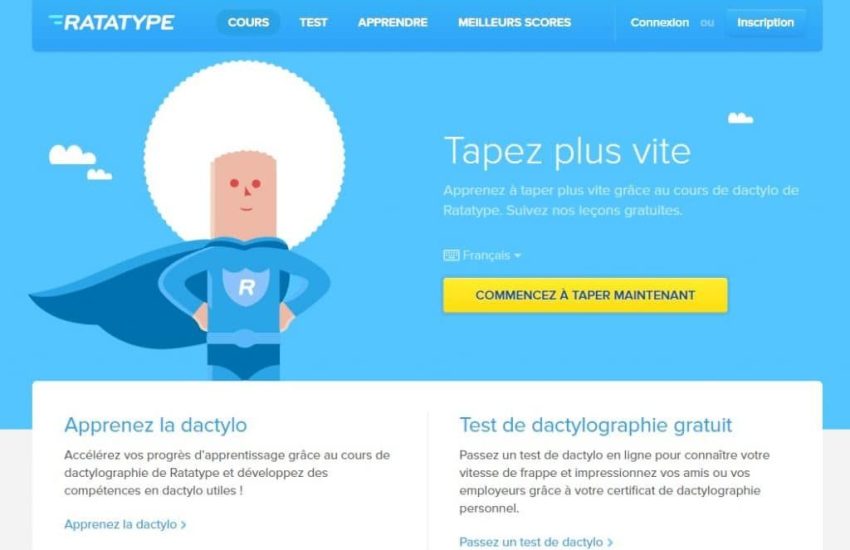Presentation of the messaging Signal
Presentation of the Signal messaging system
Since its launch, the Signal application has been acclaimed by anti-surveillance groups. The service is also praised by several public figures for its high level of privacy. European authorities even recommend this secure application to their teams.
It is thus an interesting solution to protect personal data.
Presentation of Signal
At its core, the Signal messaging is comparable to Viber, Facebook Messenger, Wechat, WhatsApp, Slack , Hangouts, iSMS… It allows you to exchange instant messages with one person or a group of 1,000 people. Users can also share stickers, GIFs, photos or files. They also have the ability to make video or voice calls.
The mobile application is available on Android and iOS. It is also available as instant messaging software for Windows, Linux and macOS. However, Signal stands out for its non-profit status.
Thus, the program does not risk being used to collect and monetize personal data. In the same way, users are protected from advertisements in messaging apps and clients.
On the other hand, the platform uses a end-to-end encryption for all discussions. Messages can only be viewed by the participants in the instant conversation. Finally, this program is completely open source.
Its creators have shared the source code of the software and the application, from the frontend to the backend. This data is publicly available on GitHub.
Who is behind the Signal messaging ?
The Signal messaging which grew out of a long-standing project by Moxie Marlinspike, encryption specialist and co-founder of Whisper Systems. In 2010, this startup launched two ultra-secure applications for Android. The first one, TextSecure, allowed to encrypt text messages. The second, RedPhone, proposed to encrypt voice calls.
The startup has been absorbed by Twitter in 2011.
After this takeover, both apps became open source software. Moxie Marlinspike left Twitter in 2013 and created a A new company called Whisper Systems. The new startup continued to work on the codes of TextSecure and RedPhone. The team eventually decided to merge the two programs.
This initiative led to the development of the Signal project from 2014.
In 2017, WhatsApp co-founder Brian Acton left Facebook over privacy differences. The entrepreneur has denounced the group’s policy in the field of encryption. The following year, Acton partnered with Marlinspike to create Signal, the program and the eponymous foundation.
Is Signal free? ?
The application of Signal messaging is completely free of charge and intends to remain so. By joining the project, Brian Acton in fact donated $50 million to create the Signal Foundation. This non-profit organization finances the development of the program so that it can can remain open source and free.
The app’s business model also relies on donations and various grants.
Signal has already received support from the Freedom of the Press Foundation, the Open Technology Fund, the Shuttleworth Foundation and the Knight Foundation. These aids allowed the project teams to prioritize privacy, without giving in to financial pressure. Thanks to its founding principles, Signal is currently among the best instant messaging applications on the market.
Finally, the Signal Foundation seeks from its inception to to improve and democratize private communications. In addition, the organization promotes authentic open source. These values logically lead to free software in the long run.
Indeed, the quest for profit undermines the privacy and security of users. Downloads will remain free on the Apple Store and Play Store. The instant messaging client is also available for free on the Signal Foundation website.
Why use Signal instead of WhatsApp ?
From a technical point of view, Signal uses a encryption system similar to WhatsApp. Both applications share an excellent level of end-to-end security. However, Facebook’s messaging service tends to increase the amount of personal information collected (history, metadata, etc.).
This phenomenon challenged the public with the February 2021 privacy policy.
Since then, consumers have preferred instant messaging services such as Signal or Telegram . These actors are Respectful of privacy and user data. The choice of open source also represents a guarantee of reliability and transparency for this type of application. Indeed, Internet users and developers can check the source code of the software and mobile application.
In addition, the risks of abuse are reduced with thelack of financial motivations.
Beyond privacy, Signal surpasses WhatsApp on photo transfers. The service now allows to share images more easily and to limit compression. Since version 5.11 of the application, users can customize the definition of the photos to limit degradation.
They have the opportunity to select the Standard quality to reduce their data consumption.


